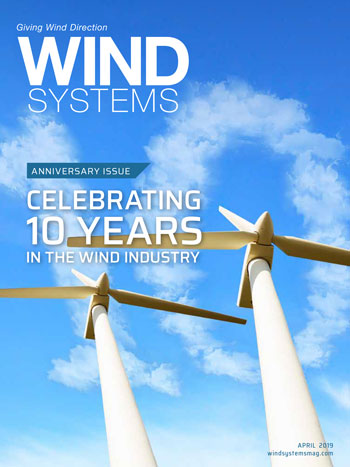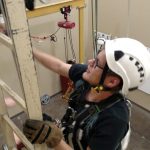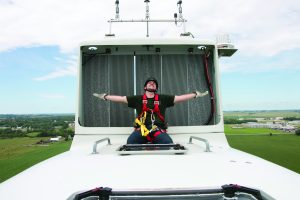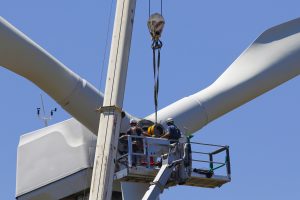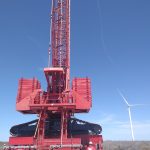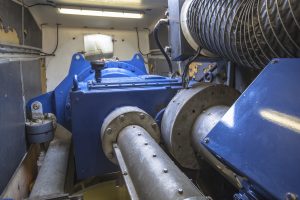With the recent end of the Scottish government’s Transition Training Fund, the future of energy workers’ jobs is facing a challenge. How can we help mold the future of wind operations and maintenance with the best quality training and skill development?
Key challenges
We have seen an increase in applications for rotor-blade repair and maintenance roles where, despite holding a training certificate for blade repair, applicants lack some of the basic skills we would expect from someone ready to work on a blade.
There is a wide range of rotor-blade repair and maintenance technician courses in the market teaching the skills necessary to transition into the wind sector. But as a service provider, as well as a training provider, Altitec has had to send a number of technicians qualified in blade repair and maintenance “back to school” in recent months.
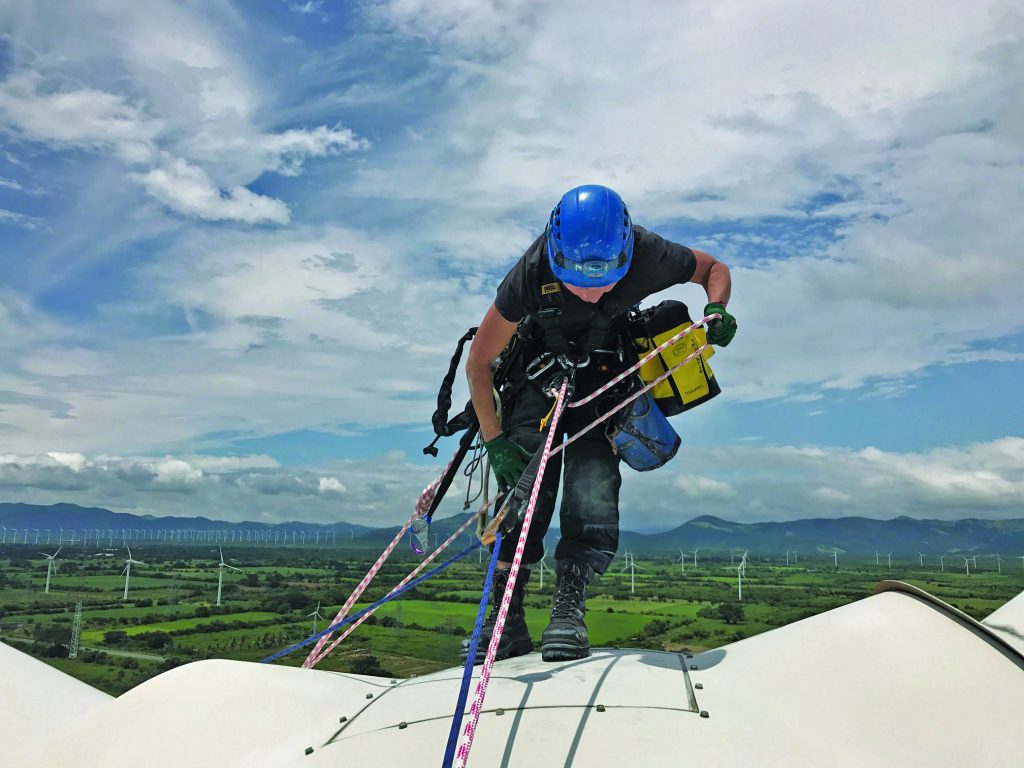
The issue isn’t just about one or two people not having absorbed the skills needed to work on a turbine rotor blade to a high enough level or not having enough practice to have mastered these skills. The deficiency covers a fundamental lack of knowledge about the job they are preparing to do. If this trend continues, it will inevitably cost the industry money, as service providers need to provide remedial training to certified technicians before they are fully able to work on site.
Transferring skills to new technicians can’t be left to textbook information soaking. Hands-on knowledge transfer from experienced technicians and blade engineers with years of up-tower experience will lead to a greater level of competence among new technicians.
A lack of funding
The closing of the Scottish government’s Training Transition Fund in March 2019 shows the need for continued support for skilled workers eager to develop careers in the renewable energy industry. While this funding for training is scheduled to end, the demand from skilled workers to transition to sustainable careers in the renewables sector will not.
Since 2016, the Transition Training Fund has helped Scottish residents in the oil and gas sector to retrain in other sectors. The fund will close at the end of March, or when the £12 million ($15.76 million) of funding runs out — whichever comes first. Re-training for a career in a sustainable sector like the wind-energy industry is not a small investment for the average worker. The cost of a training course and subsistence during the course can be more than a month’s salary. However, the prospective pay-off — new skills to apply to a career in a sustainable sector — is appealing.
Funding a growing wind workforce
One of the three main ways training is funded is through direct-cash payments from the trainee to the training provider. However, this is not always the best way to get people into the industry. While we love the stories of how our most dedicated technicians got into the industry by eating beans and sleeping in their vans to pay for their rotor-blade training course, this won’t realistically attract the number of technicians needed to ensure the smooth running of wind farms around the world as the industry grows.
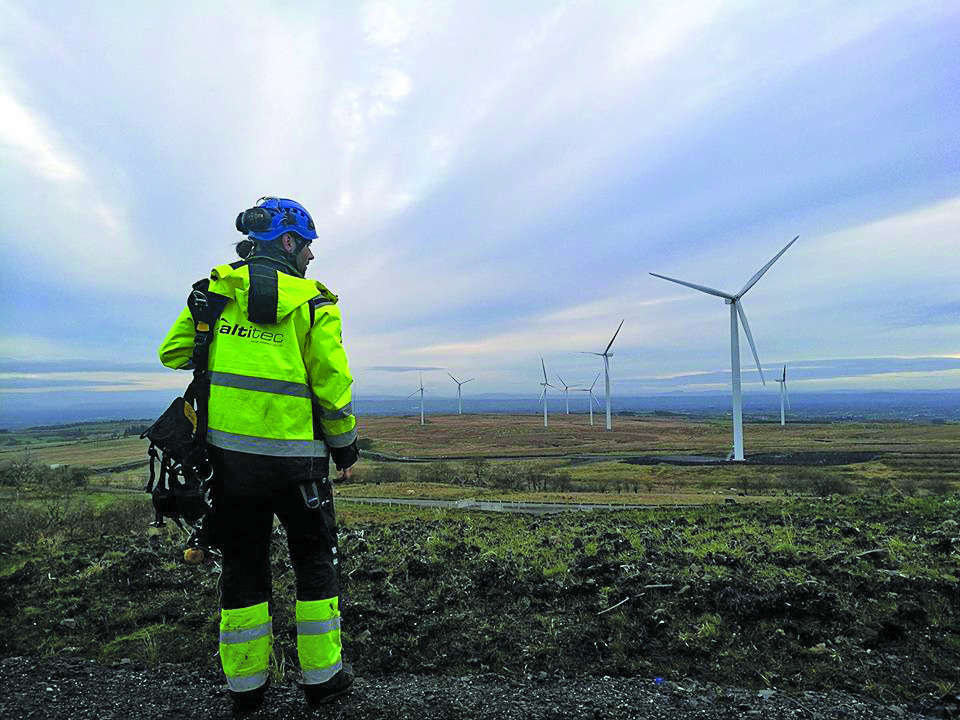
Where trainees are not able to provide full funding immediately, there are loan systems from trainers or loan companies. But these, of course, have their associated challenges. Trainers, even if they can reach a repayment agreement with trainees, often don’t have the balance sheets to offer this. While given rotor-blade repair and maintenance technicians may initially work seasonally, despite the remunerations available, it can prove a challenge for trainees to manage the loan in the short term.
A funding scheme run by the government is another route, but of course there are regulations and influences involved. For example, in return for funding, the government may request inputting into the syllabus or ensuring the trainer meets a quota of some sort. This invites the question of how we can ensure that training syllabi are structured to provide the highest quality, model and manufacturer-agnostic, knowledge transfer. The high-level of knowledge transfer is not all down to the course structure, the individual trainers play an important role themselves.
Investing in the right course to deliver the right skills is essential.
The industry needs training to be delivered direct from the blade edge, taking lessons learned from up-tower on to the training course. With technology use developing rapidly in the sector, trainees need to be exposed to the latest techniques and technologies and learn about their latest uses.
A course syllabus written and delivered by blade technicians and engineers who have experience of working in the field, as well as providing training to graduates, is the most effective method of knowledge transfer for such a complex skill set. Even the highest-skilled technicians — those who are delivering the courses — never stop learning.
In contrast, a static syllabus, packaged up and delivered to future rotor-blade technicians without reference to more recent developments risks weakening the knowledge transfer.
When choosing a training provider, technicians must consider what recent experience the trainers have in conducting these repair and maintenance tasks, and how much time have they been putting into nurturing their own skills in the last few months?
We risk losing our future workforce if the training courses they pay for don’t secure them a rotor-blade repair technician job when complete. It is important that training providers don’t let our industry down by failing to deliver on the promises of their syllabus.
Where does technology fit in?
With concerns over the future viability of jobs in the energy industry more widely, it is clear technology will have a large part to play in future wind-turbine repair and maintenance jobs. Advanced technologies such as AI and machine learning are more likely to supplement the wind-energy job of the future rather than replace it.
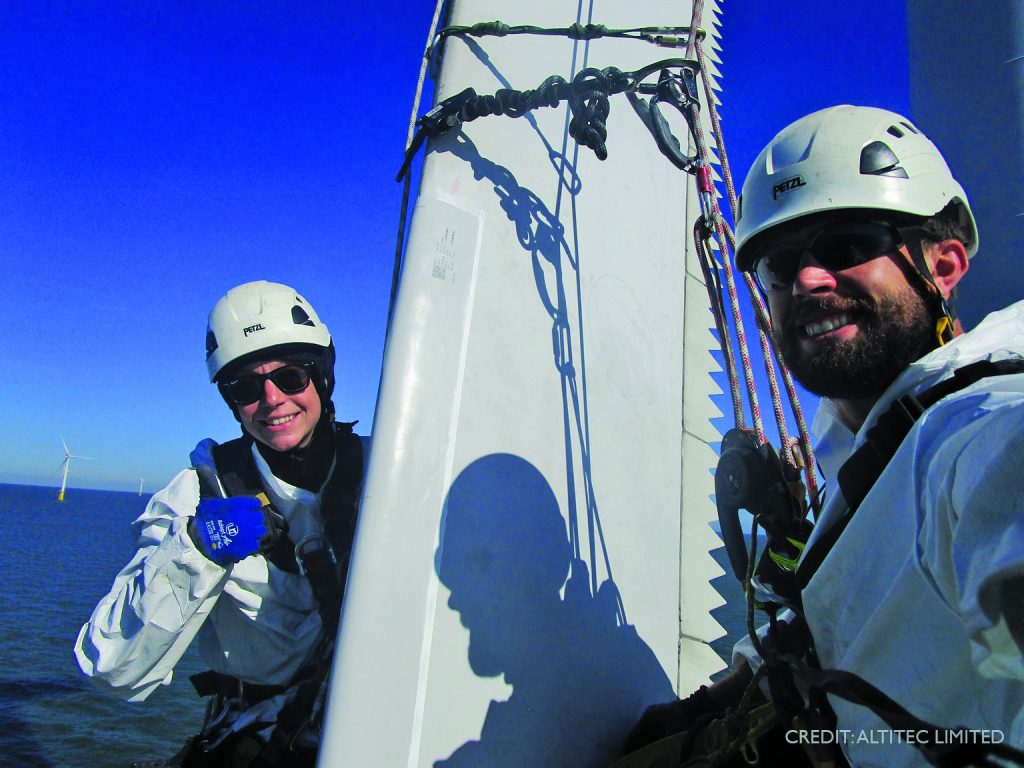
Grants are beginning to be offered for the development of robotics and AI systems for rotor-blade repair and maintenance, which is indicative of the market push to develop and adopt new and innovative technologies to support wind-turbine operations and maintenance. This, of course, invites the question of how such technology will contribute to rotor blade repair and maintenance operations, whether it will replace technicians, or how inspection and repair crews might integrate robotics and similar technologies into their site work.
Rotor blade service providers use a wide range of technologies in their operations, including powered ascenders to speed access, drones for improving inspection procedures, and digital technologies for recording inspections, analyzing repairs, and supporting maintenance practices including installing aerodynamic add-ons to improve blade performance.
The use of artificial intelligence is rising across the energy sector. And it is clear that in wind energy, AI and machine-learning technology have a strong future; in fact, they are being deployed in inspection roles in the sector even now. However, the use of autonomous robots to repair rotor blades remains some way off for the time being.
Where technologies such as robotics and AI are making progress is in the inspection of turbine blades. While drone flights are currently piloted, it is expected that automated flights for inspections will become reality a lot sooner. All this technology requires expertise and support to operate, so while the technician role won’t disappear, it will evolve to encompass the technologies that are making the job more effective and more efficient.
This, in turn, means that the training of the workforce must adapt to ensure technicians have the skills to operate these technologies. Human engineering and technical expertise will always be essential to support technology and provide consultancy in the complexities of identifying, diagnosing, and completing repairs.
What comes next?
The new world of skilled clean-energy jobs is part of a wider transition for skilled manual workers. While this is no 9-to-5 job, it demands high skills, pays well, and offers great careers to those who pursue it.
Our industry shouldn’t leave it to chance to find these people. That’s why we set up the Altitec Academy, and it is why technicians who have been short-changed on their training should feel aggrieved. As an industry, it is up to us to make sure we are not only attracting and training people in sufficient numbers, but that we are equipping them for a future in the wind-energy industry by ensuring they receive quality training that will equip them for an evolving industry.
While it is important that the government provides clarity on how it will continue to support skilled workers looking to transition into renewable energy and sustainable jobs, the industry should also not simply wait around for government funding and support. Educating the future workforce on what to look for in a training course, incorporating on-site experience into teachings and adapting to new ways of working are all effective ways of ensuring we are empowering and enabling the wind-energy workforce of the future. It is no secret that wind energy can provide opportunities for highly-skilled technicians — we now need to enable the transition.
















